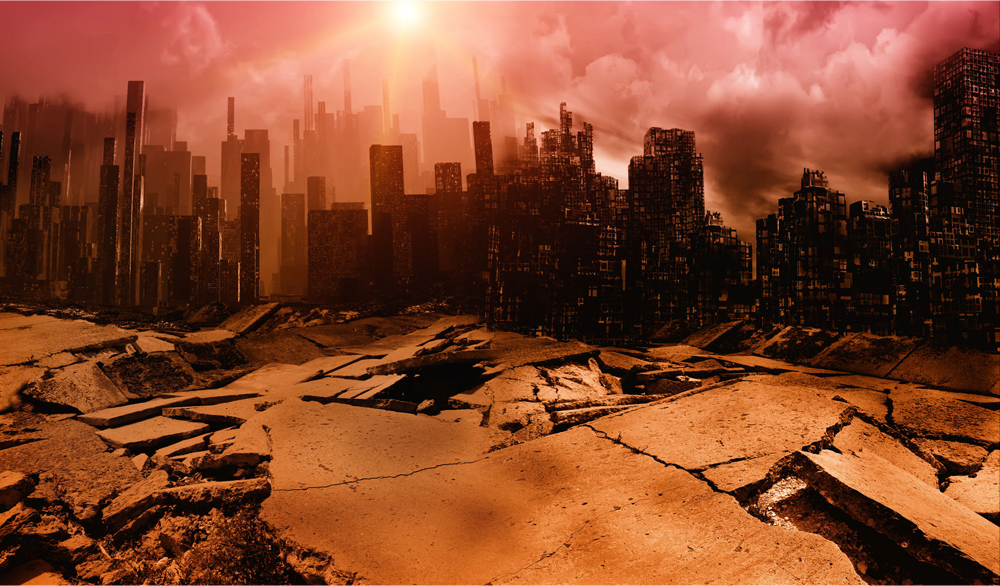8 Things You Need to Know About Earthquakes
May 14, 2015 • 8List

May 14, 2015 • 8List
The earth has 4 layers: the outer core, inner core, mantle and crust. The crust and the top of the mantle (the earth’s outer shell) are composed of many pieces, and they constantly move around, sliding and bumping into one another. These pieces are called tectonic plates and the edges of these plates are called plate boundaries. According to the United States Geological Survey, “The plate boundaries are made up of many faults, and most of the earthquakes around the world occur on these faults. Since the edges of the plates are rough, they get stuck while the rest of the plate keeps moving. Finally, when the plate has moved far enough, the edges unstick on one of the faults and there is an earthquake.” As these plates move, seismic waves shake the earth, all the way to the earth’s surface.
Meanwhile, the strongest earthquake ever recorded in the world was in 1960 in Valdivia, Chile with a whopping 9.5 magnitude. The deadliest earthquake on record was an 8.0 magnitude earthquake in 1556 in Shaanxi, China, killing over 830,000 people.
In the event of an earthquake:
Here’s what you should do after an earthquake:
Shut off valves immediately when damaged. If you smell gas, open the window and leave the building immediately. Don’t use matches, candles, or any open flame.
Remember, disaster preparedness is everyone’s business.
Input your search keywords and press Enter.

1 comment